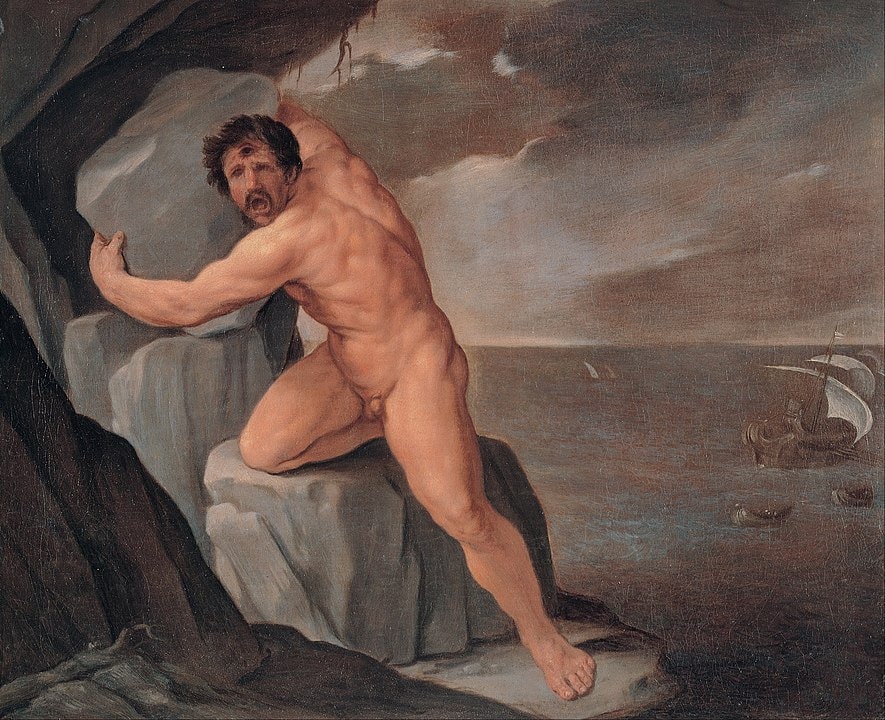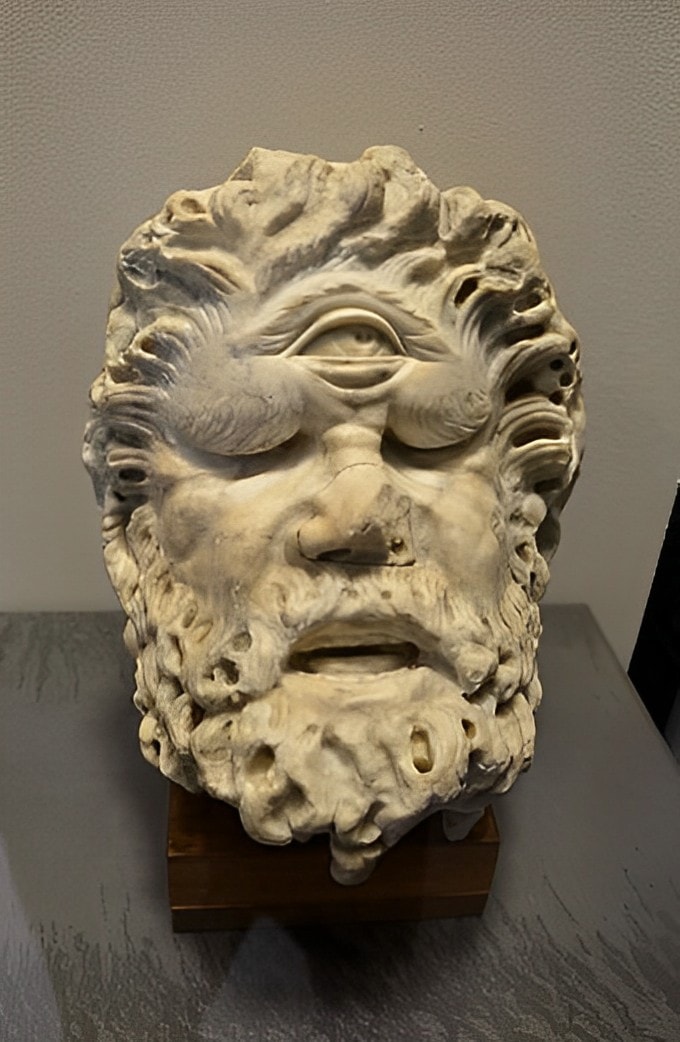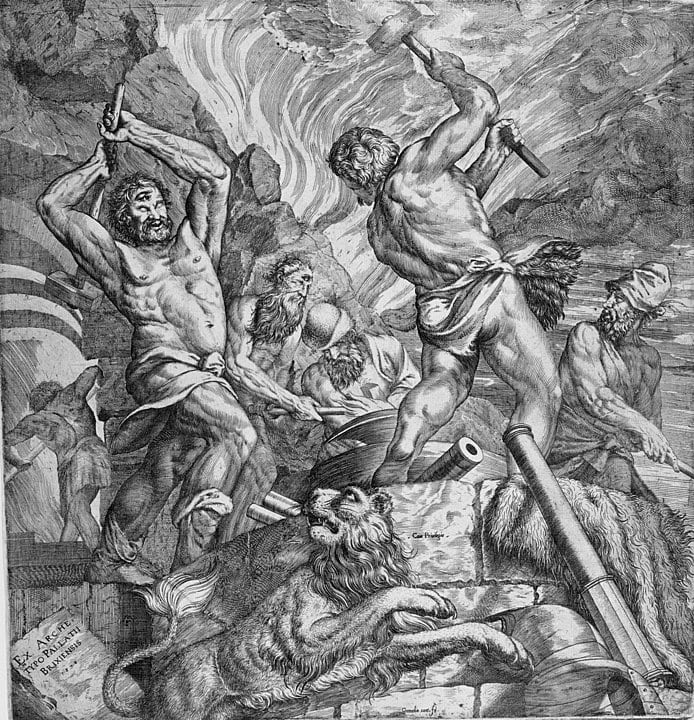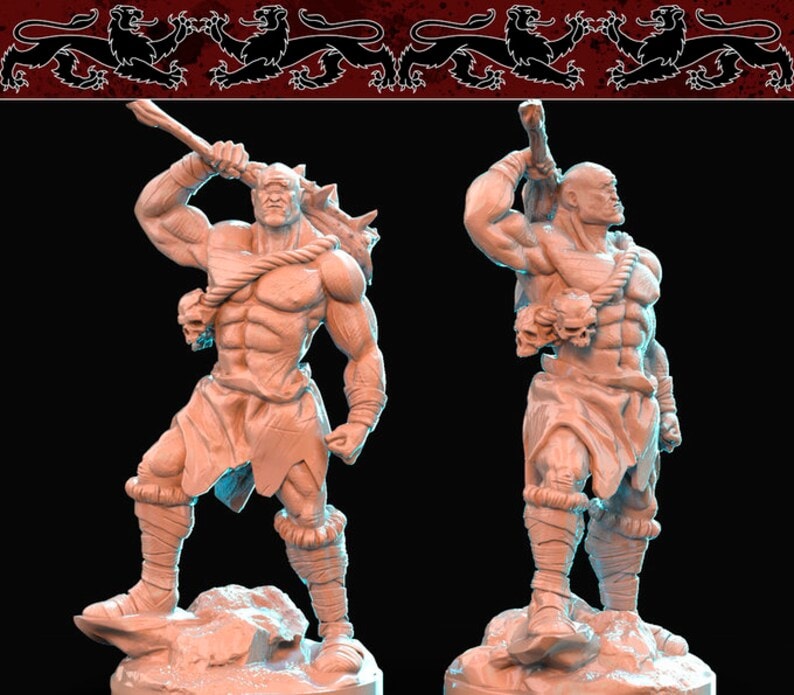
Table of Contents
The Cyclopes (singular – Cyclops) were one of the first creatures to ever exist on earth. The first three of their species preceded the Olympians and were mighty and skillful immortal beings. Their descendants, however, not so much. Here’s a closer look at their myth.
Who Were the Cyclopes?

In Greek mythology, the original Cyclopes were the sons of Gaia, the primordial deity of the earth, and Uranus, the primordial deity of the sky. They were powerful giants who had one big eye, instead of two, in the center of their foreheads. They were known for their fantastic skills in the crafts and for being highly skilled blacksmiths.
The First Cyclopes
According to Hesiod in Theogony, the first three cyclopes were called Arges, Brontes, and Steropes, and they were the immortal gods of lightning and thunder.
Uranus imprisoned the three original cyclopes inside the womb of their mother when he was acting against her and all her sons. Chronos freed them, and they helped him dethrone their father.
Chronos, however, imprisoned them once again in the Tartarus after gaining control of the world. Finally, Zeus freed them before the war of Titans, and they fought alongside the Olympians.

The Cyclopes’ Crafts
The three Cyclopes forged Zeus’ thunderbolts, Poseidon’s trident, and Hades’ invisibility helm as a gift when the Olympians freed them from the Tartarus. They also forged Artemis’ silver bow.
According to the myths, the cyclopes were master builders. Besides the weapons they forged for the gods, the Cyclopes built the walls of several Ancient Greece’s cities with irregular-shaped stones. In the ruins of Mycenae and Tiryns, these Cyclopean walls remain erect. It was believed that only the cyclopes had the strength and the ability required to create such structures.
Arges, Brontes, and Steropes dwelt in Mount Etna, where Hephaestus had his workshop. The myths place the cyclopes, who were skillful craftsmen, as the workers of the legendary Hephaestus.
The Cyclopes’ Death
In Greek mythology, these first cyclopes died at the hand of the god Apollo. Zeus believed that Asclepius, the god of medicine and son of Apollo, had gone too close to erasing the line between mortality and immortality with his medicine. For this, Zeus killed Asclepius with a thunderbolt.
Unable to attack the King of the gods, the infuriated Apollo discharged his rage onto the forgers of the thunderbolt, ending the life of the cyclopes. However, some myths say that Zeus later brought back the Cyclopes and Asclepius from the underworld.

Ambiguity of the Cyclopes
In some myths, the cyclopes were just a primitive and lawless race that inhabited a faraway island where they were shepherds, devoured humans, and practiced cannibalism.
In Homeric poems, the cyclopes were dim-witted beings who had no political system, no laws, and lived in caves with their wives and children on the island of Hypereia or Sicily. The most important of these cyclopes was Polyphemus, who was the son of Poseidon, the god of the sea, and plays a central role in Homer’s Odyssey.
In these tales, the three elder Cyclopes were a different breed, but in some others, they were their ancestors.
Thus, there appears to be two main types of cyclopes:
- Hesiod’s Cyclopes – the three primordial giants who lived in Olympus and forged weapons for the gods
- Homer’s Cyclopes – violent and uncivilized shepherds living in the human world and related to Poseidon
Polyphemus and Odysseus
In homer’s depiction of Odysseus’ hapless return home, the hero and his crew stopped at an island to find provisions for their voyage to Ithaca. The island was the dwelling of the cyclops Polyphemus, son of Poseidon and the nymph Thoosa.
Polyphemus trapped the voyagers in his cave and closed the entrance with a gigantic boulder. To escape the one-eyed giant, Odysseus and his men managed to get Polyphemus drunk and blinded him while he was sleeping. After that, they escaped with Polyphemus’ sheep when the cyclops let them out to graze.
After they managed to escape, Polyphemus requested the help of his father to curse the voyagers. Poseidon acquiesced and cursed Odysseus with the loss of all his men, a disastrous journey, and a devastating discovery when he finally reached home. This episode would be the beginning of Odysseus’ calamitous ten-year voyage to return home.

Hesiod also wrote about this myth and added the component of a satyr to Odysseus’ story. The satyr Silenus helped Odysseus and his men while they were trying to outwit the cyclops and escape. In both tragedies, Polyphemus and his curse over Odysseus are the starting point of all the events that were to follow.
The Cyclopes in Art
In Greek art, there are several depictions of the cyclopes either in sculptures, poems, or vase paintings. The episode of Odysseus and Polyphemus has been widely portrayed in statues and pottery, with the cyclops normally on the floor and Odysseus attacking him with a spear. There are also paintings of the three elder cyclopes working with Hephaestus at the forge.
The stories of the cyclopes appear in the writings of poets such as Euripides, Hesiod, Homer, and Virgil. Most of the myths written about the cyclopes took the Homeric cyclopes as the base for these creatures.
To Wrap Up
The cyclopes are an essential part of Greek mythology thanks to the forging of Zeus’ weapon, the thunderbolt, and to the role of Polyphemus in Odysseus’ story. They continue to have a reputation of being enormous, ruthless giants who dwell among the humans.








